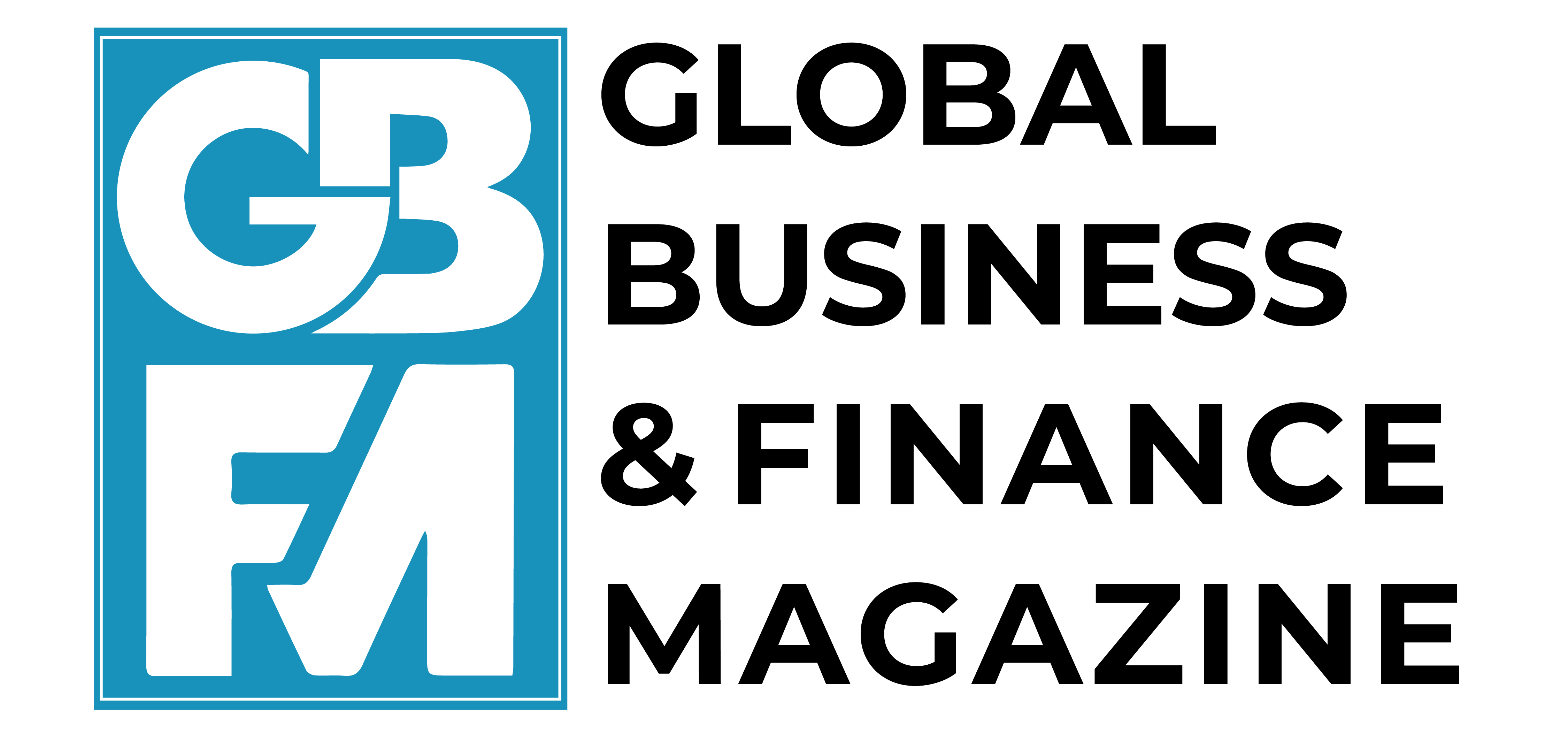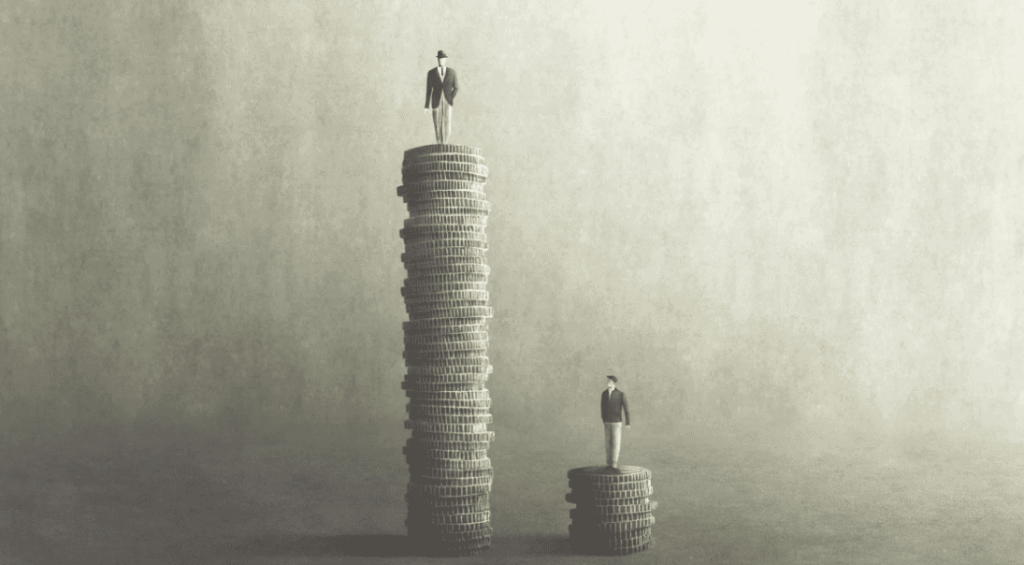Long-term trends in wealth inequality have been the object of considerable recent attention and their analysis allows for a better understanding of the causes (and consequences) of inequality today. This column provides an overview of top wealth shares in Western countries from ca. 1300. In the last seven centuries, wealth concentration increased continuously, with two exceptions: the decades following the Black Death pandemic of 1347-52, and the period from the beginning of World War I until the mid-1970s. Catastrophe-induced levelling, however, should not hide the fact that long-run inequality trends have been heavily shaped by human agency, mediated by institutions.
After many decades of neglect, in recent years long-term trends in economic inequality have attracted considerable scholarly attention. Beginning with the Great Recession, which increased the perception of inequality as a potential issue in the general population and made it a central topic in political debates (Wade 2014, Alfani 2021), many scholars have focused on trying to produce better estimates of economic inequality. Compared to previous studies, this new wave of inequality research shows two distinguishing features. First, it does not only consider income inequality, but fully incorporates (whenever possible) an analysis of wealth inequality, especially after Piketty (2014) strongly re-affirmed the view that the distribution of economic assets heavily conditions the distribution of (total) income. Second, new research on economic inequality has not been limited to the modern age but has tried to push back in time as much as the surviving documentation allows. For Europe, in the best-case scenario, household-level reconstructions of the distribution of wealth reach into the final centuries of the Middle Ages, right before the terrible Black Death plague of 1347-52 (note that, for preindustrial times, we know much more about the distribution of wealth than of income, simply because direct taxation focused on wealth). Evidence about economic inequality in the very long run of history places in a new light the debate about inequality today and has remarkable policy implications.
In my recent book (Alfani 2023), I provide an updated survey of recent studies of the long-term tendencies in wealth inequality, as the basis upon which to build a more encompassing analysis of the features of the rich in different epochs and of the role that they played in society. A general conclusion is that wealth concentration is a continuous process that has progressed almost without pause from the Middle Ages through to today. And what pauses did occur have the troubling feature of being triggered by some of the most devastating catastrophes in human history, like the Black Death in the 14th century or the World Wars in the 20th century. This is apparent from Figure 1, which shows the wealth share of the historical ‘one-percenters’ during the last seven centuries or so.
Figure 1 The share of wealth of the top 1% in Europe, 1300-2000


Source: Alfani (2023).
Of course, before national unification occurred in 1861, “Italy” was a purely geographic definition, which is why studies of preindustrial Italy focused on distinct states (some of which roughly correspond to modern administrative regions, as in the case of the Florentine State and Tuscany, while others span several regions). This allows us to compare local trends, as in Figure 2, which shows the tendencies in wealth inequality in different parts of peninsular Italy, from the Sabaudian State in the northwest and the Republic of Venice in the northeast to the Florentine State in the centre and the Kingdom of Naples in the South. The figure also reports the cases of England and Germany. Like Italy, Germany was not a unified country in preindustrial times, but for this area the currently available information is too limited to provide a more spatially disaggregated picture (Alfani et al. 2022).
Figure 2 shows clearly the ability of the Black Death to cause one of just two major swings in inequality that have been reported for the last thousand years (the decline and fall of the Roman Empire appears to have triggered an earlier swing; see Scheidel 2017). The plague, which returned to Europe in 1347 after about six centuries of absence, was a momentous event not only for the resulting mortality (it killed between one-quarter and one-half of the population of Europe and the Mediterranean), but also because it had vast consequences for human history (Alfani and Murphy 2017, Alfani 2020, Jedwab et al. 2022). Among these, we must include wealth and income redistribution on a vast scale. This was found in all areas for which we have information about pre-plague wealth inequality, which include, beyond those reported in the picture, southern France. For example, in the city of Toulouse, the top 5% owned 52.7% of the overall wealth in 1335, but their share was just 29.8% in 1398.
Figure 2 Long-term trends in the share of wealth of the top 5%, 1300–1800


Source: Alfani (2023)
Overall, a decline in inequality after the Black Death is something we should expect, given that we know from other sources that it triggered a phase of rising real wages. This led to a reduction not only in income inequality but also in wealth inequality, as higher real wages gave a larger share of the population the means to acquire property in a context in which there was much more real estate than usual on the market, in part due to the patrimonial fragmentation induced by mass mortality, leading to cheaper prices (Alfani 2021, 2023). The decline in inequality continued in the following decades and, consequently, by the first half of the 14th century much of Europe seems to have experienced an exceptionally low level of wealth inequality, surely much lower than anything that would follow. As shown in Figure 2, from the 16th to the 18th century the growth in the share of the top 5% was almost monotonic everywhere, with one exception: Germany, which during the 17th century experienced a second phase of inequality decline, as a consequence of the devastating Thirty Years’ War (1618–48) and of the terrible plague of 1627–9 (Alfani et al. 2022).
The importance of catastrophes in reducing inequality in preindustrial societies could not be denied (although only truly major ones produced substantial levelling, and only when they caught society – and particularly the economic elites – unaware; Alfani 2020, 2023). Recent literature has also highlighted the levelling power of the World Wars (Piketty 2014, Scheidel 2017), which triggered the so-called ‘Great Compression’ of inequality in the first part of the 20th century (Figure 3). However, war-related levelling of the wealth distribution was followed by another couple of decades of inequality decline, which is usually considered to be associated with the development of the welfare state system, paid for with very progressive taxation. To this, we should add that inequality reduction during 1914-1945 – that is, from the beginning of WWI to the end of WWII – was not only the consequence of the destruction of financial and physical capital but also of the onset of progressive fiscal reforms. As argued by David Stavasage (2020: 274), “[i]n a context of mass mobilization for war it was possible for the political left to create new fairness-based arguments for steeply progressive taxation. If labour was to be conscripted, then the same should be true of capital”. Wartime “conscription of labour” could have helped to create the conditions for substantial inequality decline also by leading to stronger labour unionisation in certain phases, such as the immediate aftermath of WWI.
Figure 3 The share of wealth of the top 1% in France, Sweden, and the US, 1800–2021


Source: Alfani (2023).
Highlighting the connection between fiscal reform and inequality change is important for two reasons. The first is because arguably fiscal systems have played a key role in shaping the very long-term trends reported in Figures 1 to 3, as even in preindustrial times increasing per-capita taxation in the context of regressive fiscal systems (that is, systems in which the poorest strata were subject to higher effective fiscal rates compared to the richest) tended to push inequality constantly up (Alfani and Di Tullio 2019, Alfani 2021). The second is because they allow us to argue against interpreting the evidence as suggesting that inequality will always tend to grow, and that the only cure – a major catastrophe – is worse than the illness. Instead, tendencies in the distribution of wealth and income depend crucially on human agency, through the collective action of individuals and the institutions that they build and shape across time.
Here lies a first important policy implication: if we want a less unequal society, then it is entirely possible to achieve it, as the distributive features of any society crucially depend upon its collective choices – or at least, the choices of its ruling elite, as in many political systems the masses did (or do) not have much of a say. Indeed, the fact that, across history, human agency has tended to favour inequality growth much more frequently than inequality decline should make us value more the exceptional phase of substantial and enduring equalisation which has characterised most of the 20th century (and maybe alert us to what we, in the 21st century, stand to lose).
History does not only tell us that inequality reduction is achievable, but it also shows that this is an area in which, if change is considered desirable, then action is necessary: Kuznets’ hypothesis that, as economies modernised, inequality would have automatically tended to reduce has now been proven to truly be “tainted by wishful thinking”, as he himself had feared (Kuznets 1955: 26). More generally, the long-term perspective on economic inequality that we have now achieved confirms that the relationship between inequality and growth is complex (Foellmi and Baselgia 2022), and strongly suggests that we cannot merely consider rising inequality to be a side-effect of economic growth. In fact, history provides us with many examples of inequality growing in areas and periods suffering from economic stagnation or decline (Alfani 2021, 2023). So, while it seems reasonable that in specific settings – both modern and pre-modern – inequality was being pushed up by economic growth, in others it was favoured by different factors, including institutional factors and the presence of rapacious economic (and political) elites.
Source : VOXeu



































































